Putin’s War, the invasion of Ukraine, is about to enter its third month. What was widely expected (at least by Western experts) to be a 72-hour romp ending with Volodymyr Zelensky in exile, another Putin puppet in Kiev, and a victory parade in Kiev is turning into a slugging meatgrinder.
The map below depicts the war on a day-to-day basis since February 24. Gray areas reflect areas that are not firmly under the control of either side.
The Russian army invaded Ukraine 57 days ago. This timelapse shows the movement and control of Russian forces across Ukraine over those 8+ weeks. Please view in full screen as annotations on earlier days are not as clear. pic.twitter.com/8VIrNGRkuP
— Nathan Ruser (@Nrg8000) April 21, 2022
All the Russian forces that attacked northern Ukraine have been withdrawn to Belarus (though open-source intelligence indicates the troops in Belarus have moved to Donbas) and Russia for reequipping and integrating replacements. The focus of action is now firmly on Eastern Ukraine and what looks like a Russian intention to seize the entirety of Donbas and create a land bridge from Russia to Crimea (see Russia Is Creating Facts on the Ground to Support Annexing Eastern Ukraine for more discussion on that subject).
Tuesday, Russia declared a “new phase” was beginning. So far, we’ve seen what we should call “shaping operations.” That is, localized attacks take key terrain or secure avenues of approach and increase preparatory fires. However, it is hard to guess when the main offensive will kick off because the documented numbers of destroyed, captured, and abandoned Russian tanks, infantry fighting vehicles, and artillery show horrendous losses. Over 500 tanks, 800 wheeled or tracked infantry fighting vehicles/armored personnel carriers, and 140 multiple rocket launchers or self-propelled howitzers have photographic records of their demise.
As you can see from the organization chart, the 130 or so Battalion Tactical Groups (BTG) that crossed into Ukraine in February have been mauled.
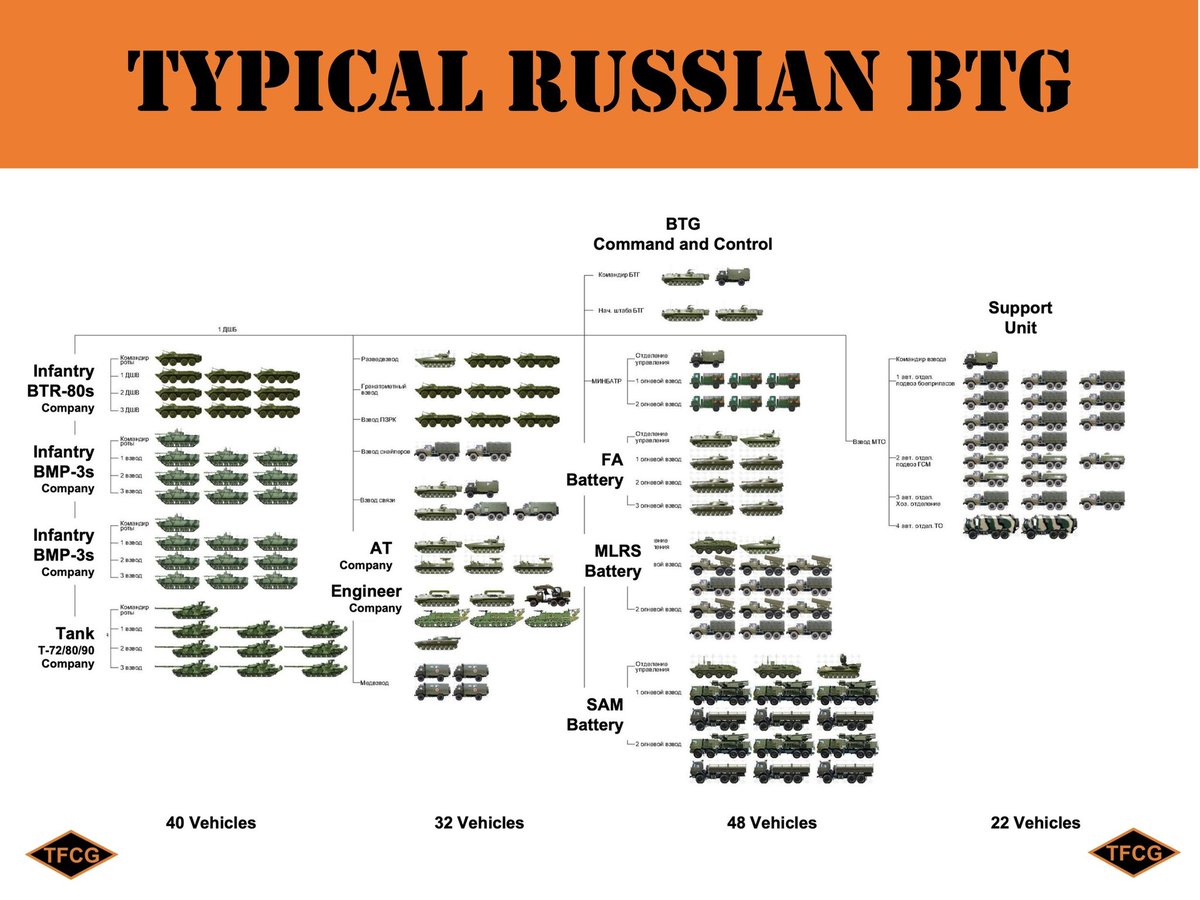
My professional opinion is that it should take at least six weeks for the units to rebuild, but I don’t think Russian President Vladimir Putin will be up for that (Intelligence Claims Putin Wants a Big Victory in Ukraine Before May 9). Likewise, I’d recommend the Russians try to mass their forces and focus on one objective, but it seems as though units are being fed into the fight as soon as they arrive, and, in my opinion, Russia is trying to do too much with too few forces.
As I see it, the upcoming campaign has three battles that Russia must win to achieve its territorial objectives. I would contend that Putin’s political objectives of deposing the Zelensky government, disbanding the Ukrainian army, and preventing Ukraine from having military alliances with the West are, barring some deus ex machina, out of reach.
Three battles that will decide the fate of Ukraine and maybe Russia. pic.twitter.com/2UGhpeEC3u
— streiff (@streiffredstate) April 21, 2022
Battle #1–Kherson.
To achieve the overall goal of controlling contiguous territory stretching from Russia to Crimea, Russia has to retain control of Kherson. Kherson fell to the Russians without a fight on March1-2 (see BREAKING: First Major Ukraine City Falls to the Russian Invaders). Since then, the Russians have struggled. The city is about 80% Ukrainian; it is loyal to the Zelensky government. A resistance movement is active in the city.
A Ukrainian pro-Russian blogger, Valery Kuleshov, was shot and killed in the Russian-controlled city of Kherson. pic.twitter.com/3UG8UcHAvy
— Michael A. Horowitz (@michaelh992) April 20, 2022
The Russian troops assigned in this sector seem to be pretty bad, but that is offset by Kiev being unable to free up sufficient forces to dominate the battlespace. While holding the city is vital to Russia, taking it is not particularly important to Ukraine. There are currently Ukrainian offensives underway north and south of Kherson. These are aimed at cutting supply lines into Kherson from Crimea to the south and Donetsk to the east. If either of these routes is cut–and I don’t mean that Ukrainian troops have to be sitting on the route, they only have to be able to take it under direct fire–holding Kherson is difficult. If both routes are cut, then Kherson will have to be evacuated.
Battle #2–Mariupol.
Mariupol is a major port and industrial complex. It has been surrounded since at least March 20, when Russia demanded the surrender of the forces there with the broad hint that no quarter would be given (Mariupol Defenders Reject Russian Demand for Surrender Setting up the Largest Siege of a City Since WWII). It is an interesting battle. The defenders are mostly Ukrainian Marines and the Azov forces. The attackers are Russians, a lot of conscripts from Luhansk and Donetsk, and a big helping of Chechens. Most of the city is now in Russian hands, so much so that Putin has declared victory. The defenders have been driven into a vast steelworks honeycombed with tunnels and shelters designed to defeat a nuclear attack. There seem to be about 1,000 Ukrainian combatants remaining.
Taking Mariupol is vital because the remnants of about a dozen BTGs are engaged in reducing the defenses of Mariupol. Putin and the Russian high command would like to pull those out and shift them to Donbas. Putin has also ordered the steelworks sealed. The clincher is that simply organizing a perimeter around the steelworks will take most of the Russian troops in Mariupol. Even then, the perimeter will only be one-man deep, so a mobile reserve will be necessary to prevent a breakout by the defenders. Bottom line: most of those BTGs will stay right where they are.
As you can see from the map, Mariupol sits astride the main route from Donetsk to Kherson. If Kherson falls and the Mariupol defenders continue to hold or, worse yet, break out, then the Russian forces between those two cities are in danger of being cut off. Making things more interesting, that brown cross-hatched area north and west of Mariupol is the scene of intense partisan activity.
In short, while the Russian might like to leave a light screening force in Mariupol and move most of their troops to Donbas, they can’t. They have largely won this fight if they leave the present units in place, but can they resist the temptation to move most of those troops to take part in the Donbas fight? I doubt it.
Battle #3–Donbas.
The fight for control of Donbas, particularly the pocket between Izium on the north, and Zapohizhzhia, to the south, will be the main fight. The problem facing the Russians is logistics: transportation and supply. Their main supply routes run from north-south; they need to run east-west to support the imminent attack. In addition, the area of operations is laced with streams and rivers running northwest to southeast, that is, perpendicular to the direction the Russians must advance. So all offensive operations will be slowed down by multiple bridging operations and having to construct supply routes that can provide the attacking forces with Class III (gas, diesel, oil), Class V (ammunition), and food and allow the evacuation of wounded. Okay, I was just joking about the Russians evacuating the wounded.
Ideally, an army would like to launch attacks against the shoulders of the Ukrainian salient: one attack from Izium and another from Zapohizhzhia. Then, some minor offensive operations could freeze the Ukrainian forces on the forward edge of the battle area (FEBA). At the same time, the heavy attacks on the shoulders would develop into pincers bagging all the units in the pocket it creates.
The underlying problem here goes back to the supply routes. A series of successful Ukrainian counterattacks to the north and west of Izium have jeopardized one of the major Russian supply lines. If that route is cut, the area down to Izium has to be abandoned. That creates a real problem for the next Russian supply route.
While the Russian lines of communications are 90-degrees out from where they should be, the Ukrainians have the advantage of the same thing that allowed Frederick the Great to hold off Russia, Austria, and France for seven years–interior lines of communication that allows them to shift forces rapidly to shore up threatened areas.
What the Russians plan to do here is anyone’s guess. The artillery fire directed at Ukrainian positions is steady but not heavy and doesn’t seem focused on preparing an area for a breakthrough. It remains to be seen if the BTGs attacking along the Zapohizshia axis can stockpile enough Class III/Class V to mount a credible attack again because of the length of the supply line. The forces to the south will be weak because they have been in action for two months and the supply lines indicate they will be among the last to get replacements and replacement vehicles.
Summary.
In my view, the Russians are in a very difficult position. The terrain they have to attack across in the north strongly favors the defenders. Their lines of supply will be hard-pressed to support the 70-80 BTGs they are staging there. There is also a race against time. More Ukrainian units are created and move into the battle area every day, and more heavy weapons arrive. Russia has to find that sweet spot where their units have rebuilt back to combat effectiveness, and the Ukrainians haven’t yet begun to field the weaponry sent to them. They also, in my view, have to win all three of these battles–holding Kherson, sealing off Mariupol, and taking positive control of Donbas–to have a chance of gaining their territorial objectives. Ukraine only has one must-win battle: Donbas.
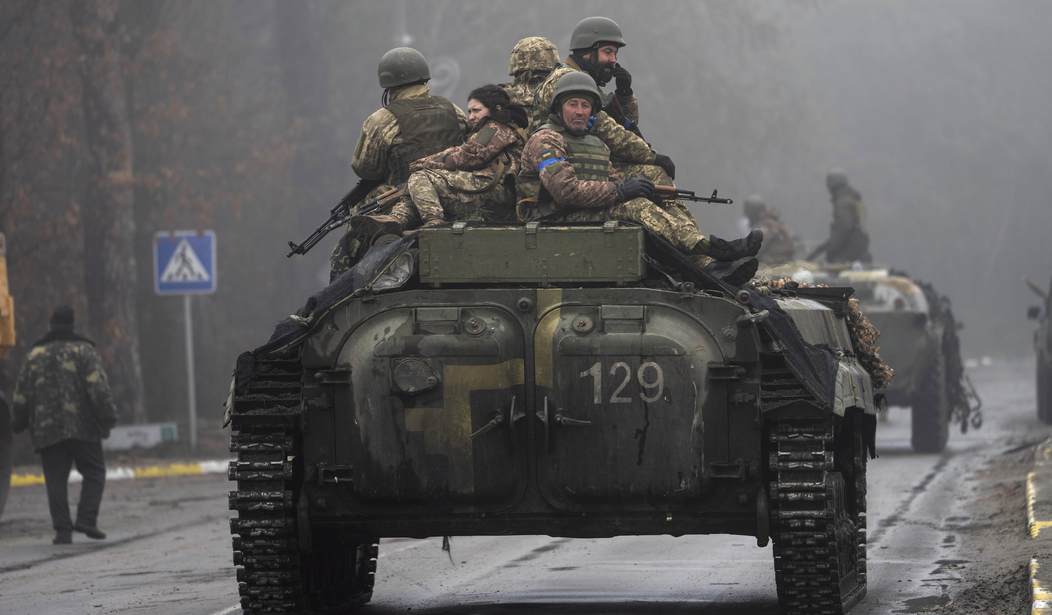


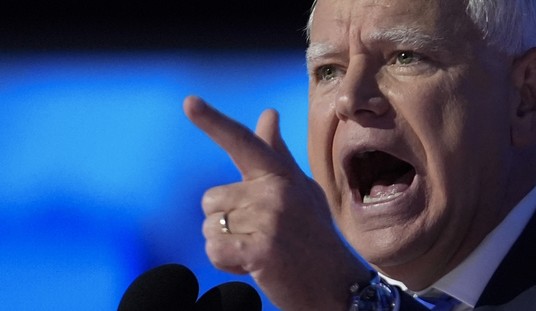







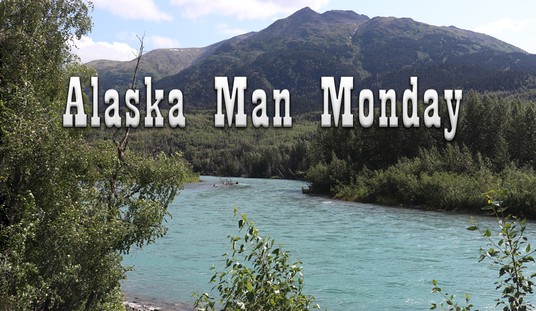
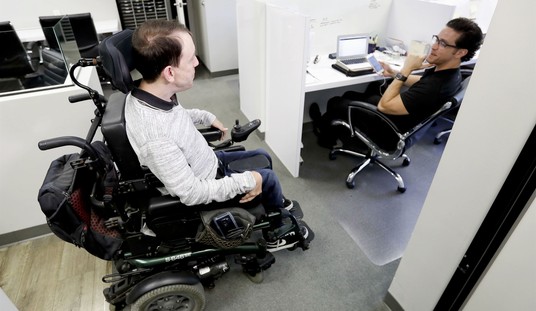
Join the conversation as a VIP Member